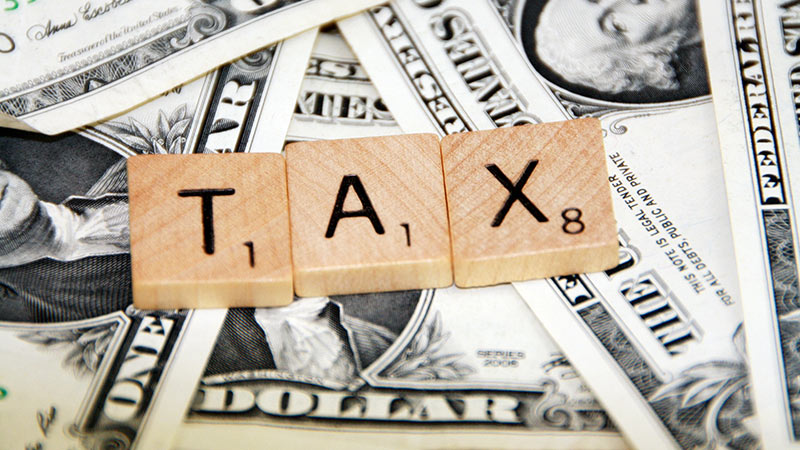SUMMARY: APS enrollment is down 20% over the past 10 years and continuing to decline, but APS’s requests for tax dollars are not decreasing. There are legitimate needs for maintenance, but as the population continues to diminish, we should be taking a more deliberate look at how and where the money is spent.
IF VOTERS SAY ‘NO’ TO THIS BOND/MILL LEVY TAX: Voters generally don’t say ‘No’ to APS, but it has happened.
The result of a failed bond issue was a new proposal the following year that addressed the needs and not the fluff. It passed. APS was not devastated in the meantime and buildings didn’t fall apart.
Sometimes, it takes voters’ strength in saying ‘NO’ to finally get honesty and accountability in requests. Asking for portable buildings when APS is selling portables due to declining attendance is an example of a dishonest request for your hard-earned tax dollars.
What is most concerning:
1) Where is the accountability for the funds spent from previous mill levy and bond issues? Taxpayers have never received a report on past spending and most new bond and mill levy requests are redundant.
2) Every time APS has a bond issue, they include an urgent request for classroom educational technology. The current request is for $110 million. What has APS done with the money received to date for this purpose?
3) Because enrollment is dropping significantly:
- a) Should we consider consolidating some of our schools instead of completely rebuilding some of them? Declining enrollment has left anemic rolls in some schools. If some of these schools were combined, we would have a more robust attendance and dynamic learning experience. In addition, taxpayers would get better value for their investment.
- b) Why do we need additional portable classrooms? Portable classrooms are mainly used when attendance is greater than the primary building can accommodate. Because of declining enrollment, APS is currently selling portables. Why is there a line item in the bond/mill levy tax for purchase of additional portable classrooms?
- c) Why does APS need to purchase new properties?
4) This bond issue and mill levy are for physical structures and not employees. There is no doubt that our children must be kept safe and after the Sandy Hook shooting there was an urgent request for millions to assure safety. Why has this not been taken care of and there is currently a need for $12.5 million more?
WHAT: Approval of a general obligation bond and mill levy package would yield $630 million in capital spending over the next six years.
APS says the bond and mill levy questions will not increase taxes if approved, but property taxes will decrease if it is not approved.
The bond question seeks approval of a $200 million bond for school building construction, school grounds improvements, purchasing computer software and hardware for students and for providing matching funds for capital outlay projects.
The new mill levy would collect $430 million in taxes over six years.
HOW: Property taxes could decrease if this issue fails because this tax is a continuation of a previous ballot measure expiring this year.
If approved, the mill levy will keep the tax rate at $3.838 for every $1,000 of net taxable value of residential property and $4.344 for each $1,000 of net taxable value of nonresidential property, he said.
The net taxable value is equal to one third of the property’s assessed value. For a home valued at $400,000 this would equate to $511.73 in property taxes for APS or that much in your pocket, if it fails.
USE: About $300 million would fund construction projects at 19 schools. Eldorado High School, Van Buren Middle School and Harrison Middle School would receive more than $30 million each. Funds would be used to design and construct phases of a total school replacement.
Other projects: Upgrade improvements for eCademy and online school and construction funds for La Mesa Elementary School, Desert Ridge Middle School and Whittier Elementary School.
Districtwide capital projects would receive $110 million to fund classroom educational technology, $28 million for construction contingencies, portable classrooms, and property acquisitions and $12.5 million for school security and safety.
Charter schools would receive about $69 million.

